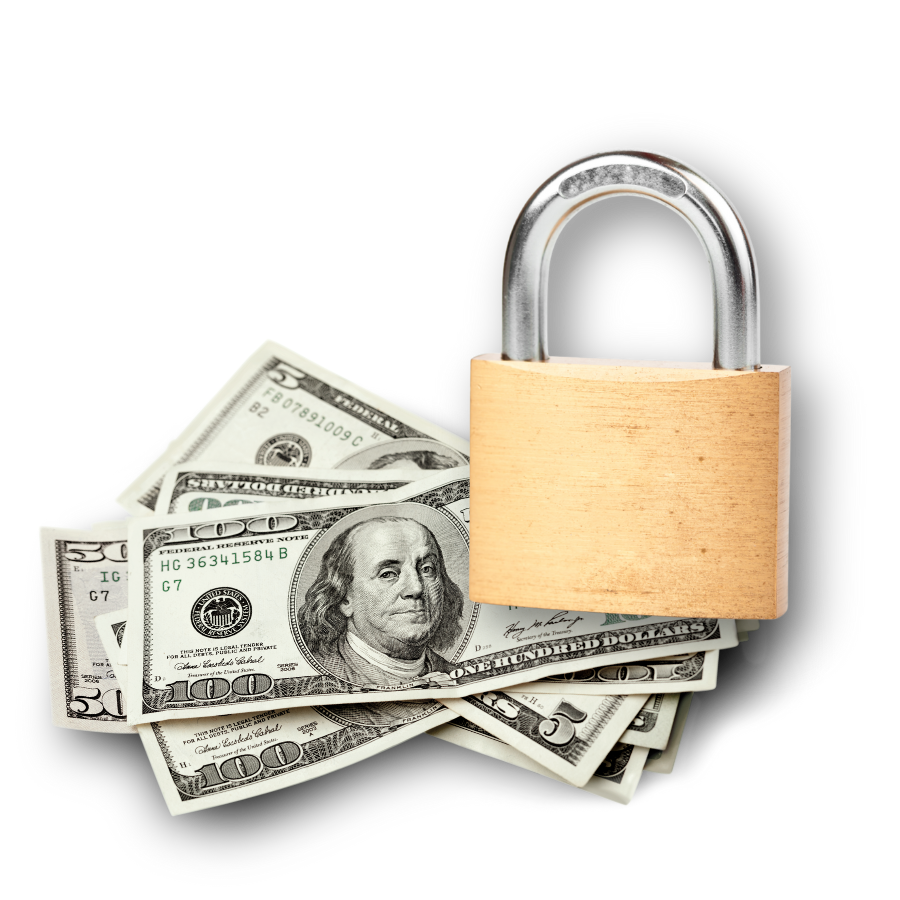How to protect yourself from scams
From convincing online tricks to deceptive phone calls, fraudsters are constantly trying new ways to steal your money and personal information. But you don't have to be a victim. Arm yourself with the knowledge and tools to recognize, avoid, and report scams.
Scammers often use similar tactics.
Learning to spot these warning signs is your first line of defense:
Unsolicited Contact: Did they reach out to you first? Be wary of unexpected calls, emails, texts, or social media messages, especially if they ask for personal info or money.
Pressure to Act Now: "Act immediately or lose out!" Scammers want to rush you so you don't have time to think or verify.
Guaranteed Returns & Low Risk: If an investment promises high returns with little to no risk, it's almost certainly a scam.
Requests for Unusual Payments: Demands for gift cards, cryptocurrency, wire transfers, or payment apps are huge red flags. These are hard to trace and recover.
Too Good to Be True: Trust your gut. If an offer seems unbelievably generous or easy, it's probably a trick.
Emotional Appeals: Scammers often play on your emotions (fear, hope, greed, or even love) to manipulate you.
Fake Urgency/Threats: Impersonating government agencies (IRS, police), financial institutions, or tech support to threaten you with arrest, account closure, or computer damage.
Always make sure you have purchase protection
Purchase protection helps you get your money back if you pay for a product or service but never receive it.
Be cautious of people requiring forms of payment that do not provide purchase protection.
Before making a significant purchase, especially for electronics or valuable items, check the purchase protection benefits offered. It could save you money and hassle if something goes wrong.
These types of payments usually do not have purchase protection:
Cash
Checks
Crypto
Gift Cards
Wire Transfers
Third Party Money Transfer Apps
Always remember:
“if it sounds to good to be true, it probably is!”




